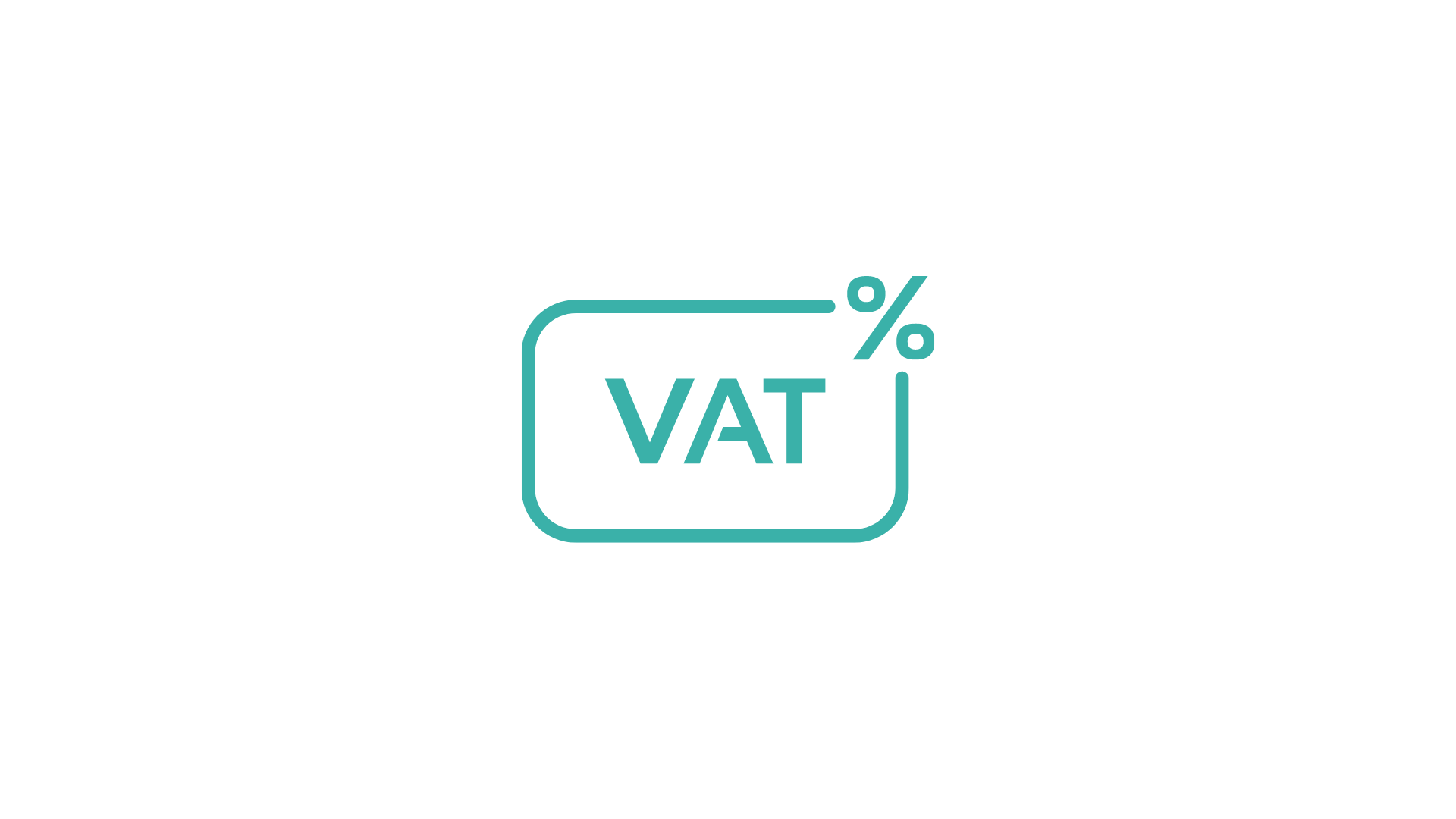VAT OSS is a relatively new procedure that is designed to facilitate mail order sales of goods between European Union countries. This is a kind of convenience for entrepreneurs in the tax sphere, because thanks to it it has become possible to reduce costs, but also not only. How and when to register for VAT OSS? What is it and who is entitled to use this type of settlement? we answer!
VAT OSS - what is it?
VAT OSS (One Stop Shop) is the VAT settlement procedure, which entered into force on July 1, 2021 and replaced the previous VAT MOSS (Mini One Stop Shop). The standards at that time concerned sales to private individuals from another EU country, electronic, broadcasting and telecommunications services (so-called TBE services), but they were extended to include mail-order sales of goods for these entities (so-called ESPO) - and thus VAT OSS was created .
Registration for this system is completely voluntary, which means that not every entrepreneur has to apply for it. Nevertheless, this procedure is a significant simplification, as it simplifies VAT settlements, thanks to which sellers do not have to register for VAT in each country of the buyer separately, even after exceeding the foreign sales limit.
[accounting_banner]
VAT OSS - limit
Prior to this regulation, each Member State set its own limit on the value of cross-border sales. If If the entity exceeded this value, it had to pay VAT due in that country on the service provided. Such a solution was not beneficial for entrepreneurs, because at that time they were obliged to register for taxation and settle VAT in accordance with the standards prevailing in a given country. This, in turn, led to many problems, as taxpayers incorrectly recorded the transaction and incorrectly paid the tax due.
With the introduction of the VAT procedure, the OSS was established a new distance selling limit for foreign consumers of EUR 10,000 (PLN 42 thousand) of total sales to all European Union countries.
VAT OSS - who does it apply to? EU and non-EU procedure
The application of VAT OSS is voluntary – it is therefore up to the seller to decide whether he wants to register or not. The procedure can be classified into two categories, which have been divided due to the location of the registered office of the entrepreneur.
- EU VAT OSS procedure – this solution can be safely used by taxpayers with a registered office or FE (Fixed Establishment) in the territory of the EU, entities operating the electronic interface and service providers from outside the European Union.
- Non-EU VAT OSS procedure – is dedicated to entrepreneurs who do not have a registered office or FE in the EU.
Settlements under the VAT OSS procedure - what transactions do they cover?
Substantially the range of transactions that can be made using the VAT OSS procedure is very wide. Everything depends on the status of the entity performing such activity and the type of system.
Rules of the EU VAT OSS procedure
- An entity with its registered office or FE in the territory of the EU may, under this procedure, settle such transactions as:
- provision of B2C services, provided that the place of their performance is a European Union country where the service provider does not have a registered office or FE;
- intra-Community distance delivery of goods (ESO, mail order);
- provision of services, including telecommunications, catering, broadcasting, fairs, education, rental.
- The interface operator is authorized to use VAT OSS for transactions such as:
- ESTRO,
- delivery of goods to a non-taxable person, as long as the transport of goods takes place within the same country of the European Union.
- If the service provider's activity is registered outside the EU, may also apply VAT OSS, but only for needs settlement of intra-Community distance supplies of goods.
Rules of the non-EU VAT OSS procedure
If entrepreneur has neither a registered office nor an FE in the territory of the European Union, he should familiarize himself with the non-EU procedure VAT OSS, under which it will settle VAT for the provision of services, including:
- transport,
- real estate,
- electronic,
- telecommunications,
- broadcasting,
- related to the arts, education, entertainment or sport;
- rental of means of transport.
OSS VAT registration - how to apply for this system?
To be able to use VAT settlement with this procedure, you must register in one of the European Union countries. Each member state has its own VAT OSS register in the form of an online portal dedicated to foreign VAT settlements, where entrepreneurs can register. The declaration for VAT OSS is made via the VIU-R form intended for the OSS. This documentation is then sent via the government platform of the Member State of identification or accounting systems to the tax office. If you are a service provider operating in Poland, the appropriate tax institution for you is the Head of the Second Tax Office Warszawa-Śródmieście. There you should register, submit declarations and pay VAT.
It is worth remembering that this form can only be sent electronically. The taxpayer is obliged to use a qualified electronic signature - it is not possible for the VAT OSS form to be sent via a trusted profile or verification of the amount of income. If the entity does not have such a signature, it may appoint a proxy for this purpose. Such a solution involves an additional stamp duty of PLN 17 and the submission of a PPS-1 power of attorney.
VAT OSS procedure - learn about its benefits!
Registration for VAT OSS can bring many benefits to the company. This regulation is an extension of its earlier version, which was created as an additional convenience for taxpayers. What are the benefits of reporting your activity to the system?
- Simplified tax settlements – VAT OSS allows taxpayers to submit a single tax return and make a single VAT payment for all international transactions within the EU.
- Reduction of administrative duties – the procedure eliminates the need to register VAT in different EU Member States, which reduces the administrative burden associated with conducting international transactions.
- Avoiding the need to identify VAT in other countries – the entrepreneur can sell goods or services in different EU Member States without having to report for VAT in each of these countries.
- Consolidated Tax Audit – this means that the tax authorities of one Member State deal with the control and enforcement of VAT in relation to VAT OSS transactions.
- Greater legal certainty – the use of VAT OSS ensures compliance of service providers with tax regulations. Thanks to a uniform procedure, they can avoid errors or mistakes in tax settlements.
VAT OSS – a declaration for settling VAT
The VAT OSS declaration should be submitted by the taxpayer once a quarter. This document covers all distance sales within the EU. Such a declaration should be delivered on the last day of the month following a given settlement quarter. It is worth remembering that the declaration for the VAT OSS procedure should contain amounts in euros. If you provided services in a different currency, you need to convert them into euros - you can easily do it using the publications of the European Central Bank.
What data is included in the OSS VAT return?
- All member states of consumption (receipt of goods).
- VAT rates applied.
- The tax base according to the given VAT rate.
- VAT amount.
VAT OSS records - what is it? What data is required?
What is the OSS VAT register? It is a list that entrepreneurs must keep when using the VAT OSS procedure. According to the Value Added Tax Act, there are no regulations regarding the rules of keeping records under special OSS procedures. Nevertheless, Art. 130d sec. 1 and accordingly Art. 138h sec. 1 of the VAT Act indicates the obligation to keep electronic records of transactions covered by the procedure. This record is to be kept in accordance with Art. 63 of Regulation 282/2011.
Article 63c sec. 2 of Regulation 282/2011 specifies what scope of data should be included in the records conducted by a taxpayer using the VAT OSS procedure. These data include:
- indication of the Member State of consumption (buyer's country, with rates, where VAT is settled on the supplies made);
- information about the subject of the transaction - description and quantity of goods,
- the date of delivery of the goods,
- the net value of the transaction, including the currency and the amounts increasing and decreasing the value of the sale,
- VAT rate and VAT amount together with the indication of the currency,
- date and amounts of payments received,
- data contained in the invoice - if the sale was documented with an invoice;
- information that is the basis for determining the place where the transport of goods to the buyer began and ended;
- evidence of returns of goods, including net value and applicable VAT rate;
- order number and unique transaction number,
- a unique tracking number if the trader is directly involved in the delivery of the goods.
VAT OSS - how to book documentation?
Accounting documentation related to the VAT OSS procedure consists in the appropriate registration of transactions and deduction of VAT from the OSS invoice in the company's accounting books. How does this process usually go?
- Registration of OSS invoices – at the beginning, OSS invoices must be registered in the company's accounting system. These invoices should be marked as OSS invoices and contain all the required information, such as details of the seller, buyer, description of the transaction, net and VAT amounts, OSS VAT codes, etc.
- Classification of OSS transactions into appropriate accounting categories – for example, you can create special ledger accounts for VAT OSS transactions in the company's chart of accounts.
- VAT deduction from the OSS invoice as input tax in your accounting – this amount should be correctly identified and assigned to the appropriate accounting accounts.
- Reporting in the OSS VAT declaration – it is regular completion and submission of VAT OSS declarations in accordance with the regulations in force in a given country. This documentation should reflect VAT deductions made on the basis of OSS invoices.
- Posting tax settlements related to VAT OSS – we are talking here about VAT payments and any adjustments that may result from subsequent changes or corrections.
As you can see, the accounting method is quite complex and requires specialized and, above all, extensive knowledge. In accounting office Open Profit has a team of qualified experts in the field of finance and accounting who deal with the VAT OSS procedure, improving the operation of enterprises - all without leaving home. We use innovative and easy-to-use systems (e.g. Dropbox) to send documents, while contact with the client takes place via the Microsoft Teams application.
Contact us!
FAQ:
- VAT-OSS - what is it?
This procedure is an electronic one-stop shop, which is designed to help entities settle VAT due when selling goods and services to consumers from other European Union countries.
- What types of VAT OSS procedure do we distinguish?
Entrepreneurs can use the EU VAT OSS procedure as well as the non-EU one. It all depends on whether they have a registered office or an FE and whether their activities are registered in the European Union.
- Are the OSS VAT settlement rules beneficial for the company?
Definitely yes, because the seller is then not obliged to register in the Member States where he provides services. In addition, foreign VAT can be paid to the Head of the Second Tax Office in Poland, which greatly facilitates the formalities.


